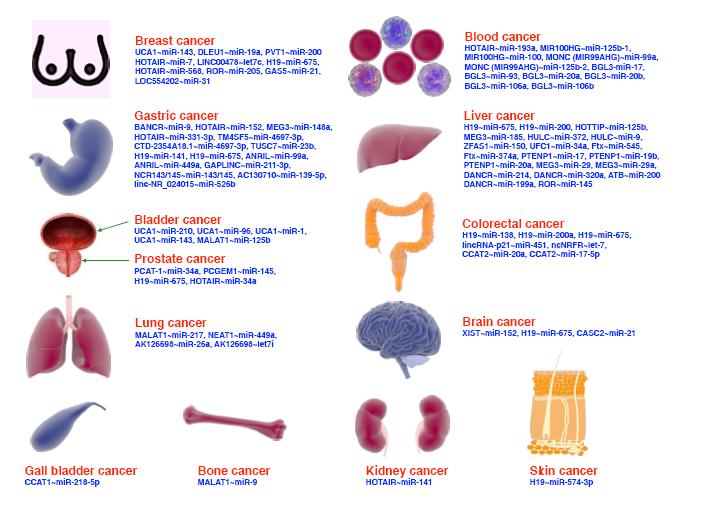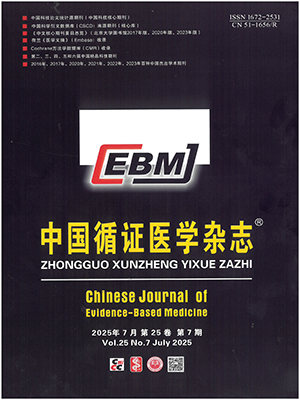Observational studies based on real-world data are providing increasing amount of evidence for evaluating therapeutic outcomes, which is important for timely decision-making. Although time and costs for data collection could be saved using real-world data, it is significantly more complex to design real world researches with lower risk of bias. In order to enhance the validity of causal inference and to reduce potential risk of bias in real world studies, the Working Group of China Real world data and studies Alliance (China REAL) has formulated recommendations for designing observational studies to evaluate therapeutic outcomes based on real-world data. This guidance introduces design types commonly used in real world research; recommends key elements to consider in observational studies, including sample selection, specifying and allocating exposures, defining study entry and endpoints, and pre-designing statistical analysis protocols; and summarizes potential biases and corresponding control measures in real-world studies. These recommendations introduces key elements in designing observational studies using real-world data, for the purpose of improving the validity of causal inference. However, the application scope of these recommendations may be limited and warrant constant improvement.
Citation: PENG Xiaoxia, SHU Xiaochen, TAN Jing, WANG Li, NIE Xiaolu, WANG Wen, WEN Zehuai, SUN Xin, On behalf of China Real world data and studies Alliance (ChinaREAL). Technical guidance for designing observational studies to assess therapeutic outcomes using real-world data. Chinese Journal of Evidence-Based Medicine, 2019, 19(7): 779-786. doi: 10.7507/1672-2531.201904164 Copy
Copyright © the editorial department of Chinese Journal of Evidence-Based Medicine of West China Medical Publisher. All rights reserved




